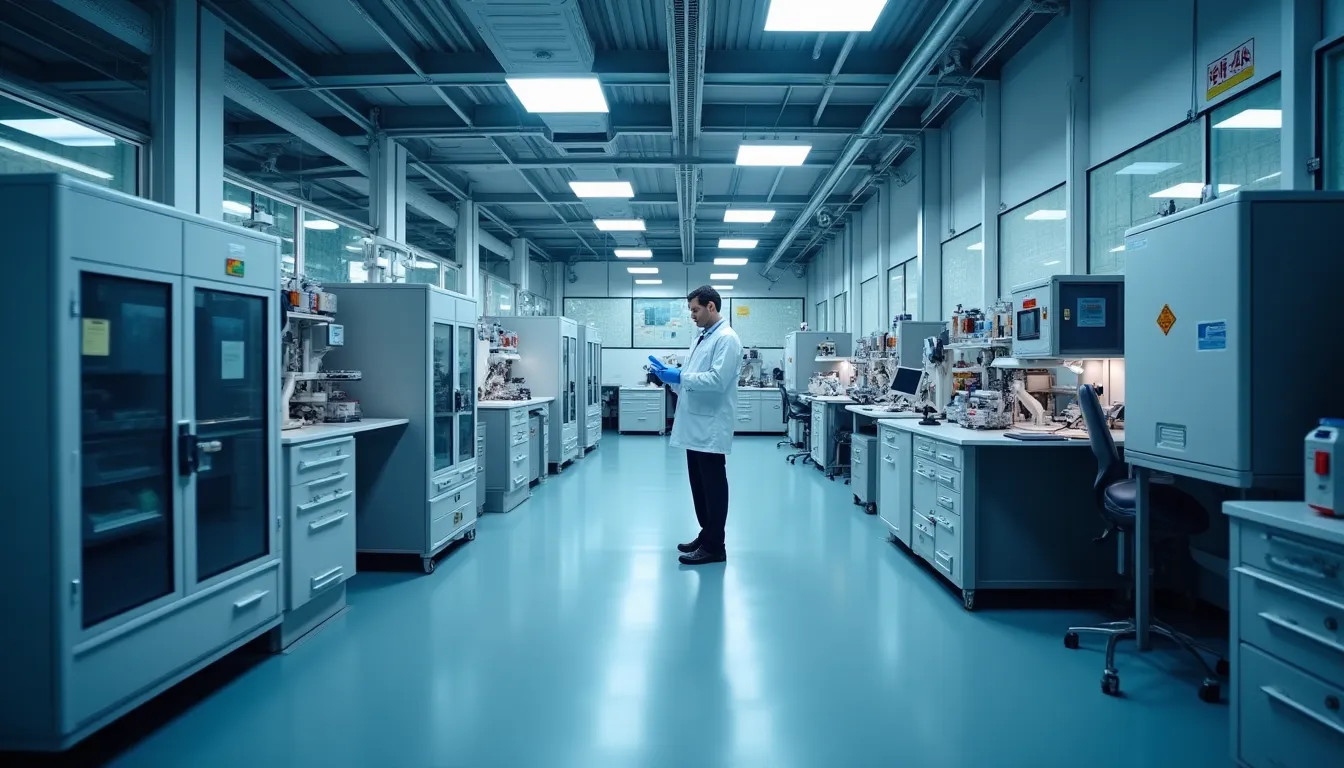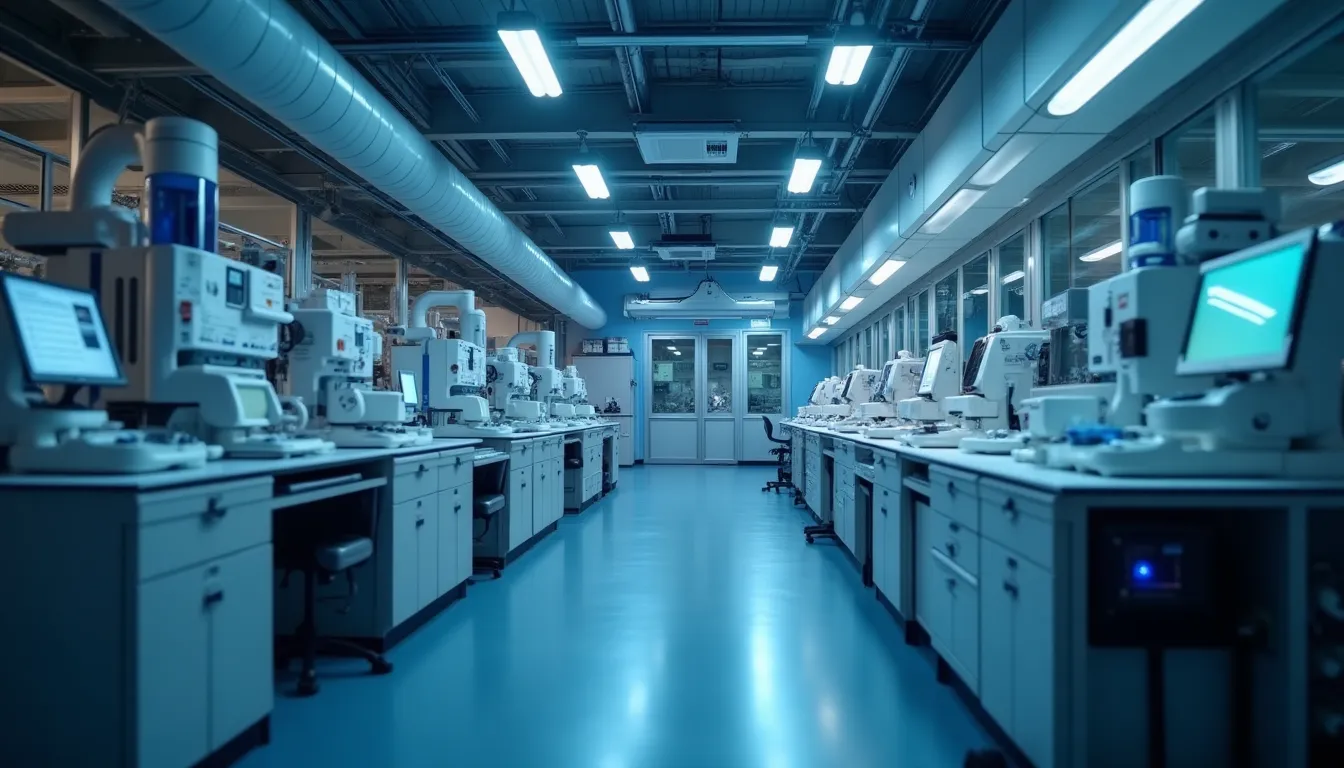As the number of satellites and space missions continues to rise, the challenge of space debris has become increasingly pressing. Recent developments in space debris removal highlight innovative technologies and international regulatory efforts aimed at mitigating this growing threat in low Earth orbit (LEO).
Plasma Propulsion Technology for Non-Contact Debris Removal
In a significant breakthrough, researchers at Tohoku University in Japan, led by Kazunori Takahashi, have developed a plasma propulsion system that can effectively decelerate space debris without physical contact. This system utilizes plasma emissions to exert a force on debris, slowing it sufficiently to induce orbital decay and eventual atmospheric re-entry within approximately 100 days.
Laboratory experiments conducted in August 2025 have demonstrated the viability of this technology, which addresses the critical challenge of recoil effects that could impact the removal satellite itself. This non-contact approach not only enhances safety but also minimizes the risk of entanglement with other debris, paving the way for a more efficient debris management strategy.
International Regulatory Efforts Led by Japan
Recognizing the global nature of space activities and the need for collaborative efforts, Japan has initiated a comprehensive framework aimed at establishing international rules and standards for space debris removal. This initiative focuses on several key areas:
- Object Identification and Data Sharing: Enhancing tracking systems to monitor space debris more effectively.
- Safe Disposal Mechanisms: Implementing technology for capturing and deorbiting defunct satellites and debris.
- International Cooperation: Promoting collaboration through the UN Committee on the Peaceful Uses of Outer Space (COPUOS), with proposals expected by 2026.
This regulatory framework is particularly relevant as it supports the burgeoning commercial spaceflight sector and builds on Japan’s prior missions, such as JAXA’s Kounotori and Astroscale’s ELSA-d demonstration.
Technology Demonstrations and Industry Advances
A series of successful technology demonstrations have further underscored the momentum in the space debris removal sector. Notably, on October 2, 2025, the California-based aerospace company TransAstra showcased its Capture Bag technology aboard the International Space Station (ISS). This innovative system is designed not only for capturing space debris but also for potential asteroid mining, thereby contributing to a safer orbital environment and future resource utilization.
The demonstration has garnered support from NASA, the U.S. Space Force, and private investors, marking a pivotal milestone toward sustainable space operations. Furthermore, the European Space Agency (ESA) is preparing for its ClearSpace-1 mission, set to launch in 2026, which aims to capture a Vega rocket fragment using a sophisticated robotic arm. China is also advancing its capabilities with the development of robotic arms and laser systems for debris mitigation.
Ongoing Research and Monitoring
NASA’s Orbital Debris Program Office plays a crucial role in ongoing research and monitoring of space debris. The office regularly publishes quarterly updates that provide insights into debris environment modeling, explosion rates, and satellite population statistics. These reports are invaluable for informing debris mitigation strategies and enhancing public awareness of the orbital environment.
As the industry evolves, technologies such as the ZQXXSGDSS System, featuring high-performance single-tube PIN quadrant detectors, are becoming instrumental for precision laser beam positioning and tracking applications in debris removal efforts. Moreover, the Advanced Navigation System, equipped with high-performance MEMS accelerometers, offers superior stability and precision necessary for the complex maneuvers involved in debris capture and disposal.
Conclusion
In conclusion, the multifaceted approach to space debris removal, combining cutting-edge technologies and international collaboration, is essential for ensuring the sustainability of our orbital environment. As advancements like plasma propulsion systems and innovative capture technologies take center stage, the aerospace industry is poised to tackle one of its most pressing challenges. The ongoing efforts of organizations such as JAXA, NASA, and ESA, along with private industry initiatives, signal a commitment to preserving the space environment for future generations. The road ahead may be complex, but with continued investment in research and development, the future of space operations looks promising.
References
-
TransAstra Demonstrates Asteroid Capture and Orbital Debris … (www.newswire.com) - 10/3/2025 California-based aerospace company TransAstra completed a successful demonstration of its Capture Bag technology on the ISS on Oct. 2, 2025. The …
-
A New Breakthrough in Space Debris Removal (nasaspacenews.com) - 9/17/2025 A recent development in plasma thruster technology promises to push large objects out of orbit safely, efficiently, and without risky contact.
-
Astroscale at 76th International Astronautical Congress (IAC) in … (www.astroscale.com) - 9/17/2025 Sep 29 – Oct 3: Astroscale will be front and center at this year’s International Astronautical Congress in Sydney!
-
Plasma propulsion system could help remove space debris without … (phys.org) - 9/8/2025 The idea is that a removal satellite, deployed for the express purpose of removing space debris, could use a propulsion engine to spew plasma …
-
Japan launches international rules for space debris removal (www.innovationnewsnetwork.com) - 8/6/2025 Japan will work with experts to develop frameworks for space debris removal, such as rocket fragments and defunct satellites.
-
ARES | Orbital Debris Program Office | Quarterly News (orbitaldebris.jsc.nasa.gov) - 1/1/2022 The ODQN publishes some of the latest events in orbital debris research, offers orbital debris news and statistics, and presents project reviews and meeting …
-
Plasma engine will help remove space debris from orbit (universemagazine.com) A Japanese engineer has proposed a new way to get rid of space debris without direct contact with it.



